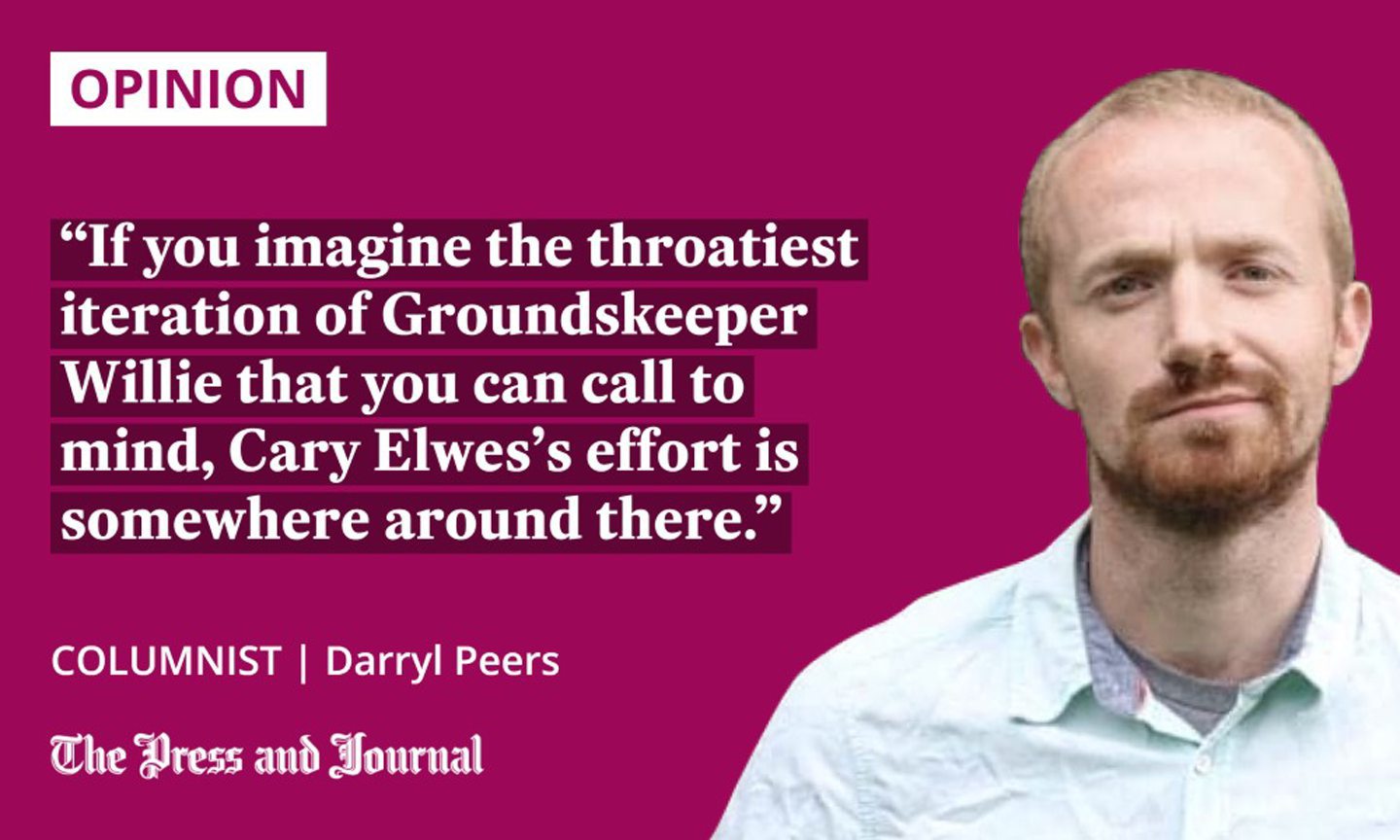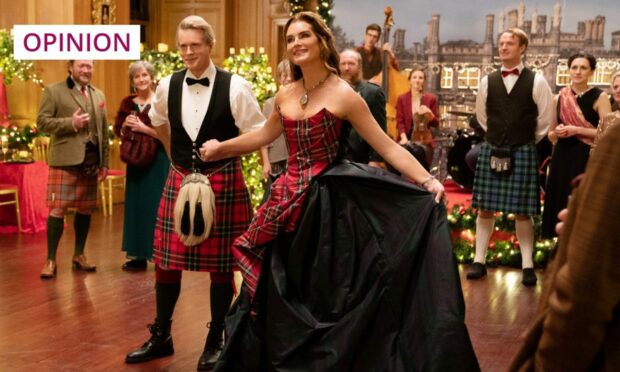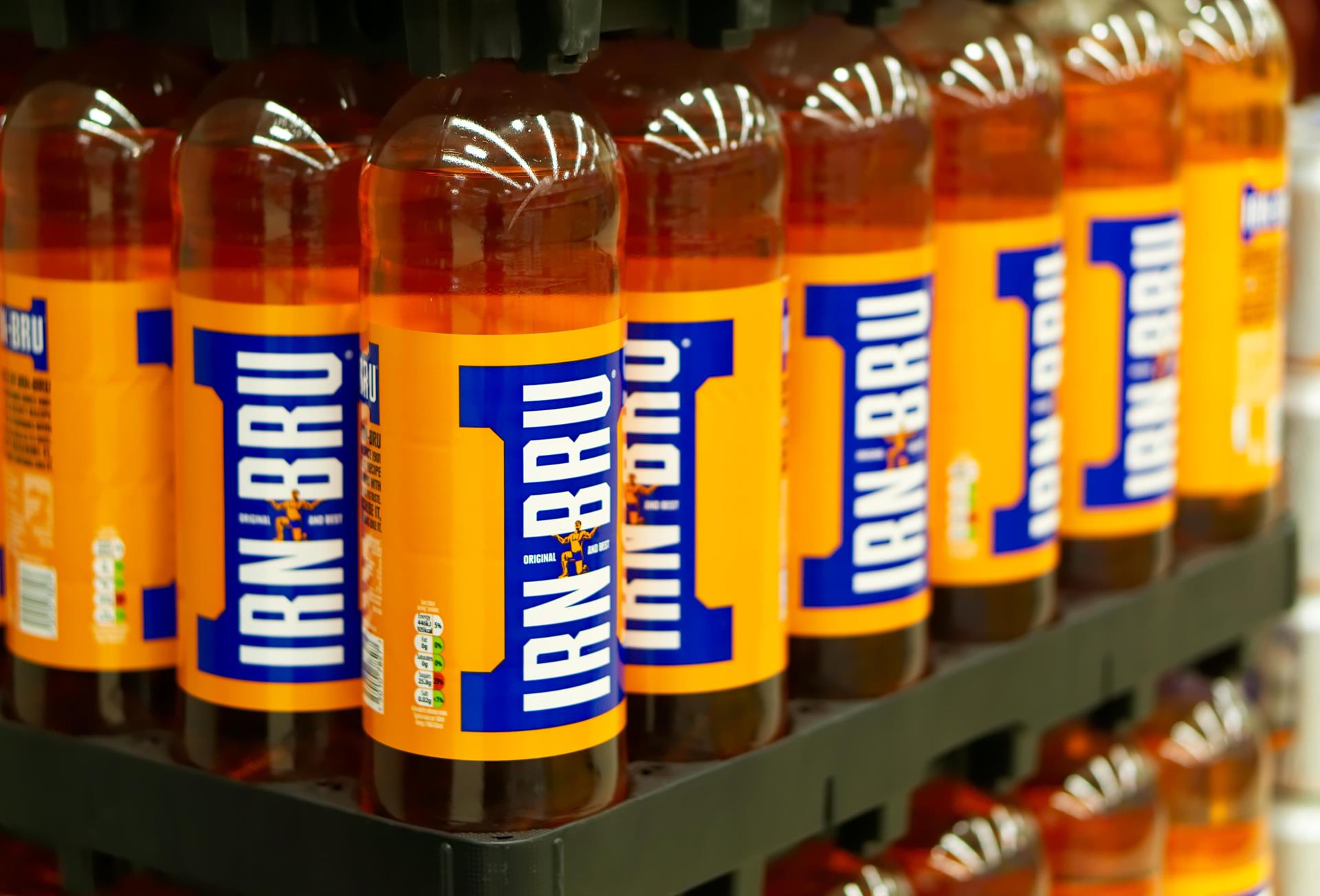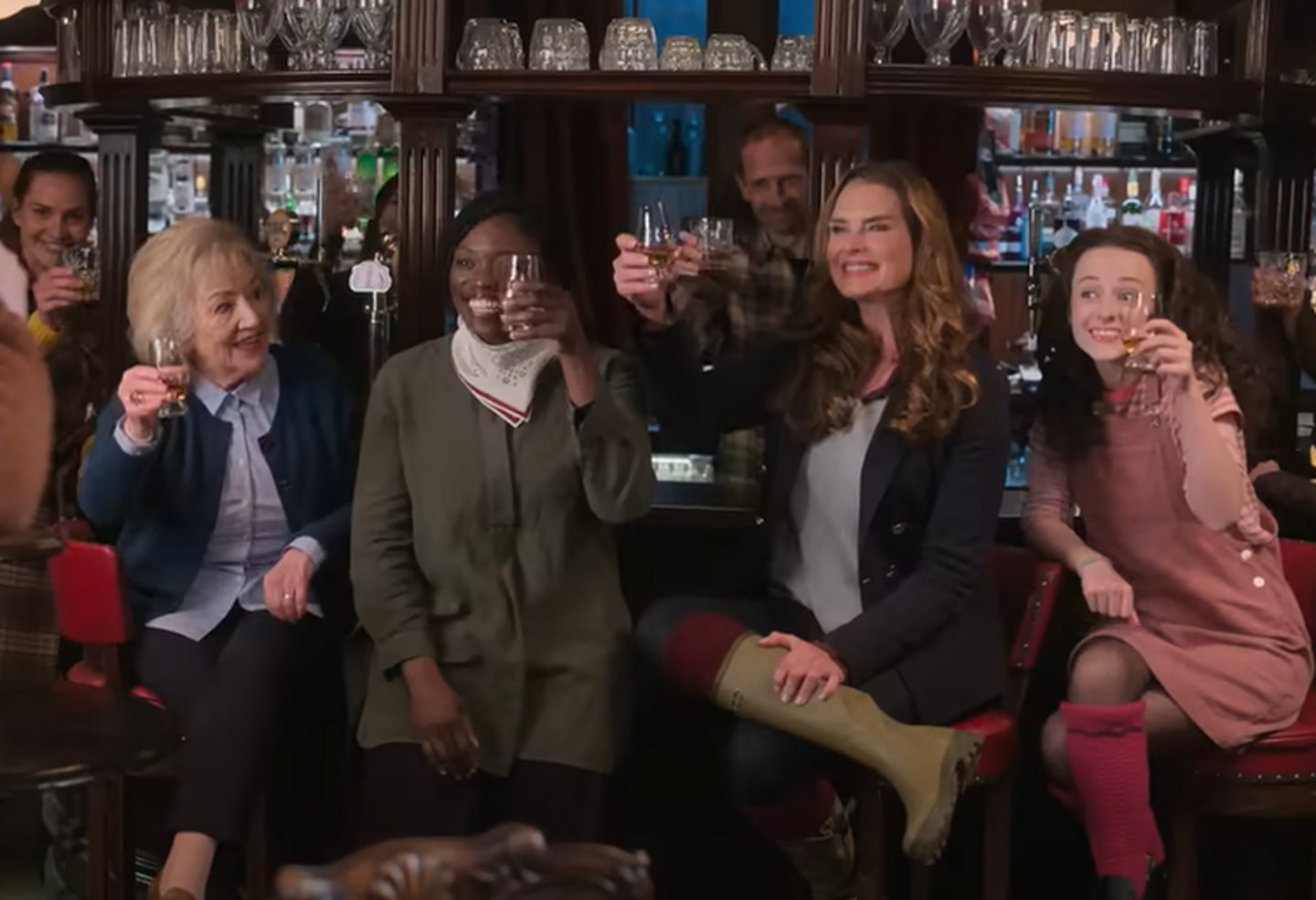If a cheesy Christmas film set in Scotland, made by Americans and featuring bad accents makes Scots feel pride, that’s perfectly OK, writes Darryl Peers.
In the last few years, the Netflix Christmas film has established itself as a small-screen phenomenon.
Every winter, a new cohort of romcoms arrives on the streaming service, heralding the festive season.
Among last year’s releases was one I only got around to watching last week: A Castle for Christmas, starring Brooke Shields as a bestselling author who buys a castle in Scotland to escape scandal in the United States.
The premise of the film perhaps reveals what you’re in for. This isn’t a story that takes itself seriously. Shields’s character soon finds herself falling for the castle’s grumpy seller, even as he tries to make her back out of the deal.

This seller is a Duke, no less. Played by Cary Elwes, his accent is a good indicator of how the film portrays Scotland. If you imagine the throatiest iteration of Groundskeeper Willie that you can call to mind, Elwes’s effort is somewhere around there.
Watching the film with a Scottish friend, we turned to look at each other when he opened his mouth. Could we bear an hour and a half of this? We decided that we’d get used to it, so on we watched.
Beyond the accent, the film shows us Scotland at its touristy, shortbread-tin best. On her way out to the castle from Edinburgh airport, Brooke Shields passes open fields, humpback bridges, Highland cows, and sheep.
Offensive or just funny?
As the film progresses, so many of the classic Scottish stereotypes appear. There are more over-the-top accents. The Duke drinks whisky. A man working at the castle is never seen out of a kilt. In the bar one night, the locals indulge in a singalong to Loch Lomond. And, of course, the film’s showstopper ending is a Christmas ceilidh.
This isn’t a portrayal of Scotland for people in Scotland. It is a tokenistic version, where all of our internationally recognised symbols are imagined, by American creatives, to be seamlessly integrated into the everyday lives of local people.
In some ways, it is offensive. The Scottish viewer sees their country represented on the screen and, yet, it is a version of Scotland that doesn’t exist. The film recalls Braveheart, where William Wallace is flattened into the Hollywood hero mould, and platitudes about freedom replace any meaningful attempt to engage with Scotland’s actual history.
But, at the same time, A Castle for Christmas is really funny. It knows that its plot is a tenuous chain of zany shenanigans, and it offers that up with irreverence and charm. In tone, it is good-natured and sweet.
What does it even mean to feel ‘closer to Scotland’?
My friend and I sang along to Loch Lomond. After the film finished, we looked up whether there were ceilidhs we could attend for Burns Night. Living in England, we felt homesick.
And, as I travelled up to Aberdeenshire on the train this week for the festive break, I partook in my usual ritual of drinking a can of Irn-Bru shortly after crossing the border.
What is it, then, that is seductive about these stereotypical Scottish symbols? What does drinking a can of Irn-Bru do to affirm my Scottishness?
Why is it that, although I know that being Scottish is not about whether you wear a kilt or dance at a ceilidh, I feel closer to Scotland for seeing these things in a film? What does it even mean to feel “closer to Scotland”?
Scotland is more than its stereotypes – but stereotypes have their place
There is a cynical part of me that thinks enjoying American conceptions of Scotland, such as A Castle for Christmas or Braveheart, as a Scottish person, makes me a sucker. It means that I subscribe to and risk internalising unrealistic perceptions of the places where I have personal experience of living, even as they are foisted on me by the machinery of a multinational streaming service.
There is another part of me which says thinking like that is no fun. It is taking things too seriously and, frankly, I want myself to shut up.
There is, undoubtedly, a balance to be struck. I will recommend A Castle for Christmas to friends, because it is a gloriously camp feast of festive entertainment. I will keep getting goosebumps when I see Mel Gibson shout “hold” as his army are charged by the English cavalry. I will continue to drink a can of Irn-Bru when I cross the Scottish border, as a simple way of telling myself that I am home.
I can call for more popular representations of Scotland to be created from within the country, without castigating those which have come from outside
At the same time, I do not have to assign these films or gestures any special meaning. I can say I like these things while acknowledging that the version of Scotland they represent is superficial. I can call for more popular representations of Scotland to be created from within the country, without castigating those which have come from outside.
Scotland is more than its stereotypes. But those stereotypes might still be part of how we imagine ourselves to be Scottish. Or. they might not. A person’s Scottishness is their own to define.
Darryl Peers is a writer from the north-east of Scotland













Conversation